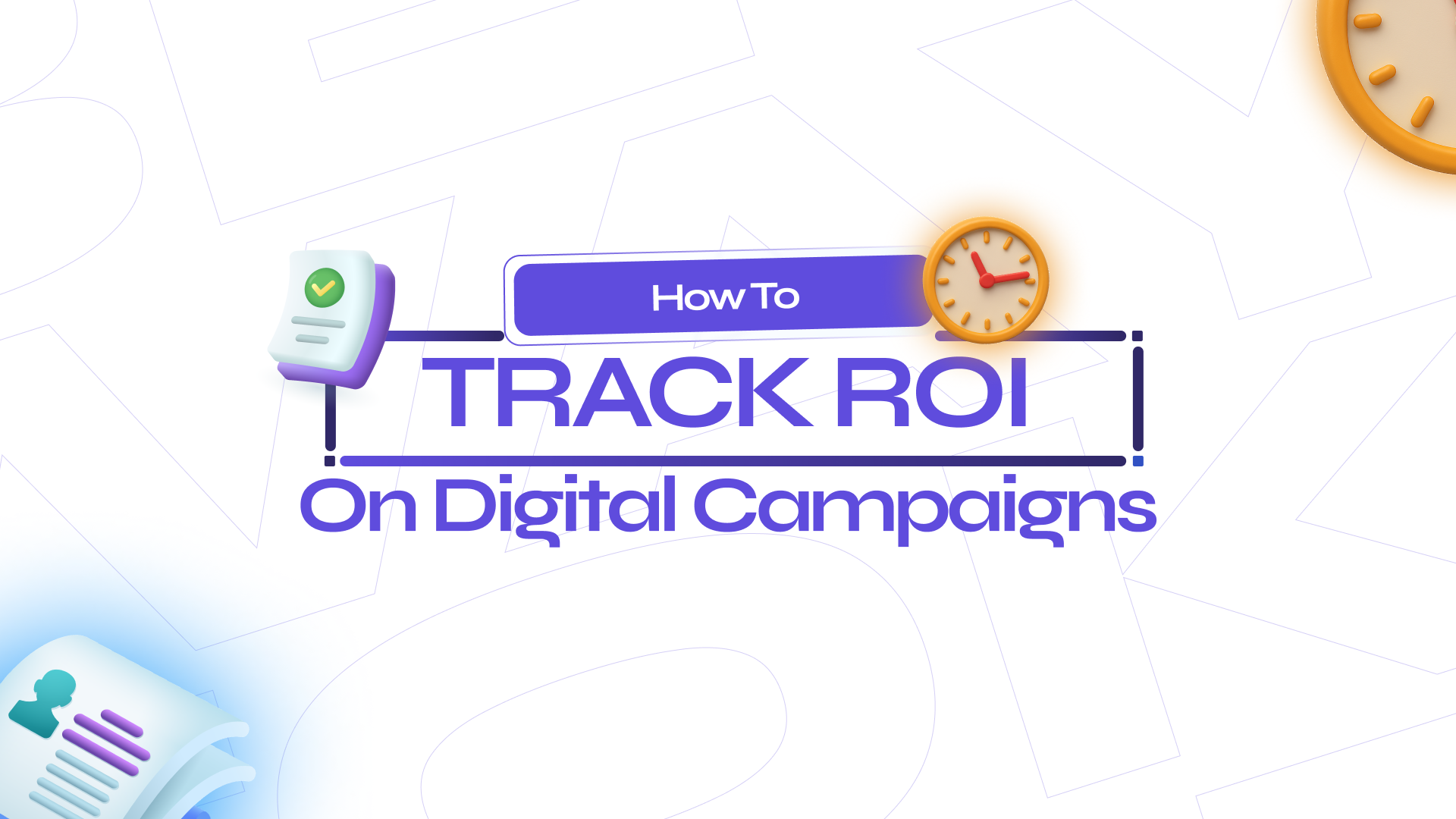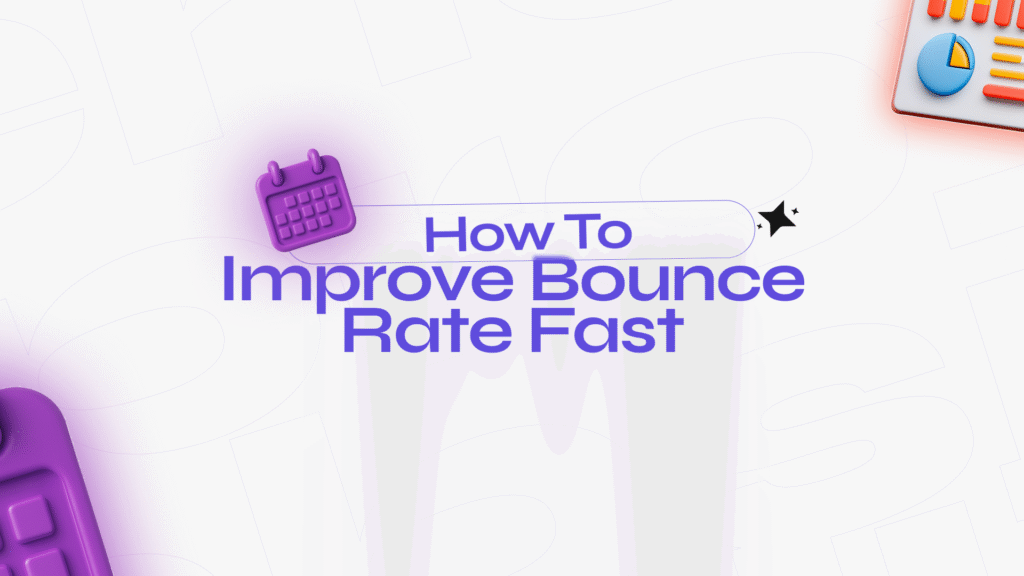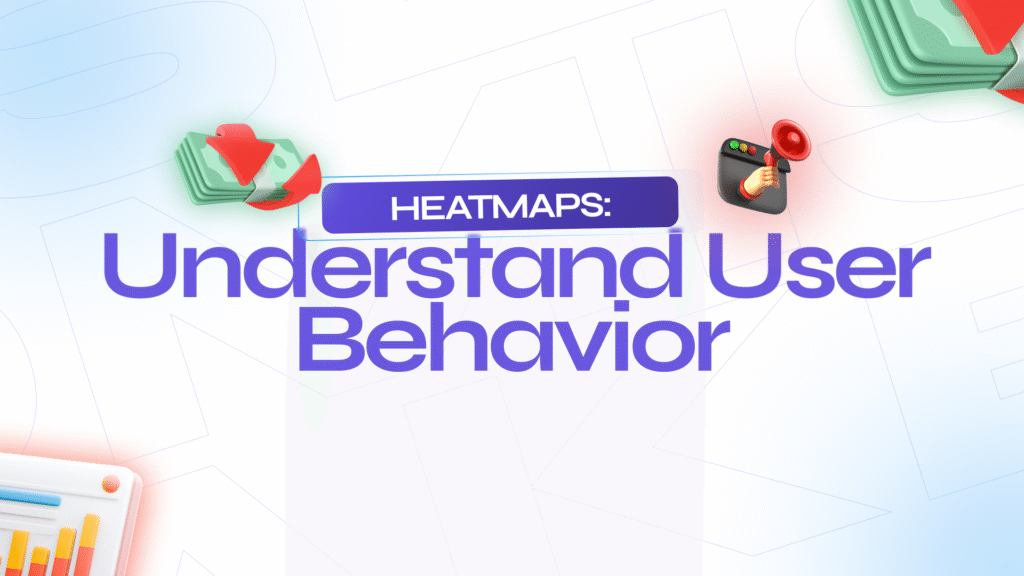In digital marketing, every click, impression, and conversion comes with a cost. But how do you know if those costs are actually worth it? That’s where tracking ROI (Return on Investment) becomes essential.
For businesses investing heavily in paid ads, SEO, email marketing, or social campaigns, ROI isn’t just a performance metric – it’s the measure of whether your marketing strategy is profitable or draining resources. At Agencify Digital, we’ve seen countless businesses boost performance simply by implementing the right ROI tracking framework.
This guide will walk you through how to track ROI on digital campaigns, what metrics matter most, and how to ensure your marketing spend is tied to real business growth.
What Does ROI in Digital Marketing Mean?
ROI is a financial metric that evaluates the profitability of your campaigns relative to their cost.
Formula for ROI:
ROI=(Revenue−Cost)Cost×100ROI = \frac{(Revenue – Cost)}{Cost} \times 100ROI=Cost(Revenue−Cost)×100
Example: If you spend $5,000 on a Facebook Ads campaign and it generates $20,000 in sales, your ROI is 300%.
But unlike traditional marketing, digital ROI isn’t just about dollars – it also includes leads generated, customer lifetime value, engagement, and cost efficiency.
Why Tracking ROI Matters
Proves Marketing Value
Executives want to see results in terms of revenue and profit. ROI validates marketing as an investment, not an expense.Guides Budget Allocation
If Google Ads delivers better ROI than Instagram Ads, your budget should shift accordingly.Improves Strategy Over Time
Consistent ROI analysis shows what works and what doesn’t, helping refine targeting, creatives, and platforms.Aligns Teams on Goals
ROI connects marketing, sales, and finance by showing how campaigns contribute to bottom-line growth.
Key Metrics to Track ROI on Digital Campaigns
ROI isn’t one-size-fits-all. Different campaigns demand different performance indicators. Here are the core metrics every marketer should track:
1. Cost Per Acquisition (CPA)
How much does it cost to acquire one paying customer?
CPA=TotalCampaignCostNumberofNewCustomersCPA = \frac{Total Campaign Cost}{Number of New Customers}CPA=NumberofNewCustomersTotalCampaignCost
2. Customer Lifetime Value (CLV)
Revenue a customer is expected to bring over their relationship with your brand. CLV helps balance high acquisition costs if retention is strong.
3. Conversion Rate (CR)
Percentage of users who complete a desired action (purchase, sign-up, download). Higher CR means better efficiency.
4. Return on Ad Spend (ROAS)
Revenue earned for every $1 spent on ads.
ROAS=RevenuefromAdsCostofAdsROAS = \frac{Revenue from Ads}{Cost of Ads}ROAS=CostofAdsRevenuefromAds
5. Attribution Metrics
Multi-touch attribution shows which channels and campaigns contribute most to conversions, preventing misallocation of spend.
6. Engagement Metrics
Clicks, shares, comments, and time spent — important for brand awareness campaigns, though secondary to revenue metrics.
How to Effectively Track ROI Step by Step
Step 1: Define Clear Campaign Goals
Before tracking ROI, set specific objectives:
Generate 500 qualified leads
Increase sales by 20% in Q3
Lower CPA by 15%
Without goals, ROI data is meaningless.
Step 2: Set Up Conversion Tracking
Tools like Google Analytics 4 (GA4), Meta Pixel, and UTM parameters allow you to trace every conversion back to its source.
Example: If a lead comes from a LinkedIn ad vs. organic search, attribution helps you know which channel deserves credit.
Step 3: Assign Monetary Value to Actions
Not every conversion equals revenue immediately. Assign values to actions like:
Lead form completion = estimated $50
Newsletter signup = $10 based on average conversion rate
Purchase = actual transaction value
Step 4: Track Costs Accurately
Costs include more than ad spend. Factor in:
Creative production (graphics, videos)
Tools and software (CRM, automation platforms)
Agency or freelancer fees
Internal team salaries (optional for deeper accuracy)
Step 5: Calculate ROI Regularly
Monthly and quarterly reviews prevent overspending and identify trends early.
Common Mistakes in Tracking ROI
Focusing Only on Short-Term Results
Some campaigns, like SEO or brand-building ads, deliver ROI over months, not weeks.Ignoring Attribution Models
Relying only on “last-click attribution” undervalues early touchpoints like awareness campaigns.Overlooking Hidden Costs
ROI should include production, software, and human resource costs — not just media spend.Not Aligning with Sales Data
If leads don’t convert to sales, ROI tracking will give a false sense of success.
Tools to Track ROI Accurately
Google Analytics 4 (GA4) – Tracks conversions and revenue attribution.
HubSpot – Connects marketing campaigns with CRM data for clearer ROI.
Meta Ads Manager – Detailed ROAS and CPA reporting for Facebook & Instagram ads.
Google Tag Manager – Custom event tracking without coding.
Tableau or Looker Studio – Visualizes ROI trends across multiple channels.
At Agencify Digital, we often create custom dashboards that integrate these tools, giving clients a single source of truth for marketing ROI.
Case Example: ROI Tracking in Action
A mid-sized e-commerce brand approached Agencify Digital struggling with inconsistent campaign performance.
Challenge: Ad spend across multiple platforms wasn’t clearly tied to revenue.
Solution: We implemented UTM-based tracking, GA4 event funnels, and set clear CLV benchmarks.
Result: Within 3 months, ROAS increased from 2.1x to 4.8x, and campaigns were scaled profitably without guesswork.
This case illustrates how structured ROI tracking transforms decision-making.
Best Practices to Maximize ROI
Test and Optimize Continuously
A/B test headlines, creatives, landing pages. Small tweaks compound into major ROI gains.Leverage Marketing Automation
Tools like HubSpot or Klaviyo reduce manual work and nurture leads automatically.Focus on High-Value Customers
Target audiences with higher CLV instead of chasing vanity metrics.Combine Paid and Organic Strategies
Paid ads deliver immediate results; SEO and content build sustainable ROI long-term.Align Marketing and Sales Teams
Close collaboration ensures leads are properly nurtured and converted.
Final Thoughts
Tracking ROI on digital campaigns isn’t optional – it’s the foundation of profitable marketing. Without a clear ROI framework, businesses risk burning through ad spend without knowing what’s working.
By setting precise goals, using the right tools, and aligning costs with revenue, you’ll not only justify marketing investments but also unlock sustainable growth.
At Agencify Digital, we help businesses cut through the noise and build ROI-driven marketing strategies that deliver measurable results. If you want to scale your campaigns with confidence, we’re here to make it happen.





